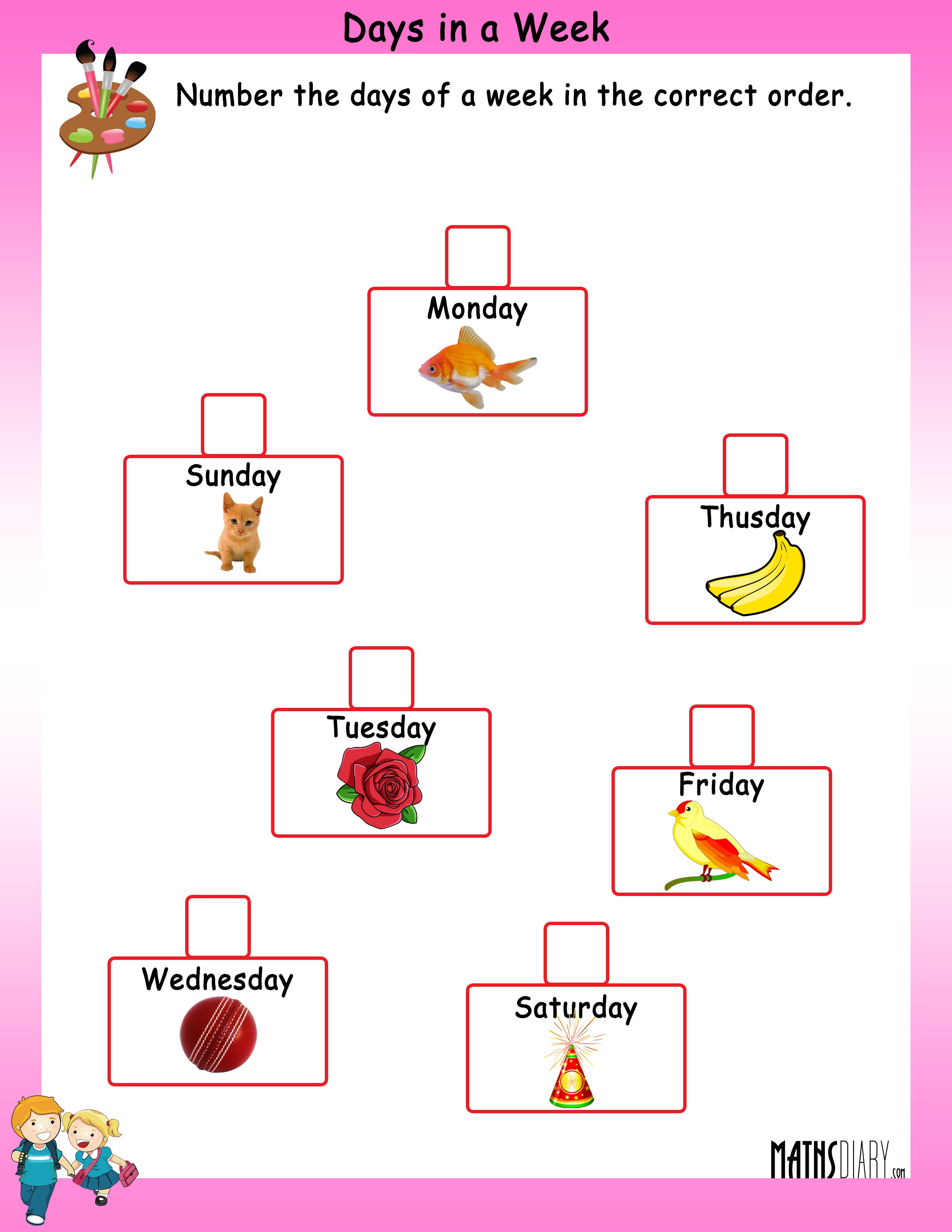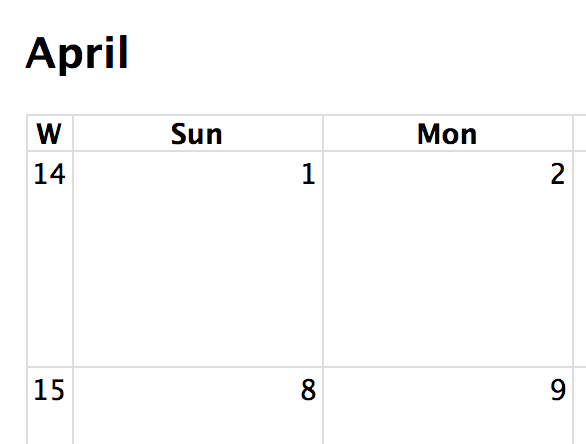


As well as being an efficient and accurate way of storing an absolute date, it is suitable for converting a date into other calendar systems such as Hebrew, Islamic or Chinese. Range of Valid Datesĭates are stored internally as a Julian Day number, an integer count of every day in a contiguous range, with 24 November 4714 BCE in the Gregorian calendar being Julian Day 0 (1 January 4713 BCE in the Julian calendar). Various other calendars behave similarly see QCalendar::hasYearZero(). The year -1 is the year "1 before Christ" or "1 before common era." The day before 1 January 1 CE, QDate(1, 1, 1), is 31 December 1 BCE, QDate(-1, 12, 31). Dates in that year are considered invalid. In the Gregorian calendar, there is no year 0. Note: All conversion to and from string formats is done using the C locale. QCalendar can also supply this information, in some cases more conveniently. The isLeapYear() function indicates whether a date is in a leap year. The daysInMonth() and daysInYear() functions return how many days there are in this date's month and year, respectively. The daysTo() function returns the number of days between two dates. Similarly you can use addMonths() and addYears(). You can increment (or decrement) a date by a given number of days using addDays().
#WHATS THE WEEK NUMBER FULL#
QDate provides a full set of operators to compare two QDate objects where smaller means earlier, and larger means later. QLocale can map the day numbers to names, QCalendar can map month numbers to names. The same information is provided in textual format by toString(). When more than one of these values is needed, it is more efficient to call QCalendar::partsFromDate(), to save repeating (potentially expensive) calendrical calculations.Īlso, dayOfWeek() and dayOfYear() functions are provided. The year(), month(), and day() functions provide access to the year, month, and day numbers. The fromString() function returns a QDate given a string and a date format which is used to interpret the date within the string. An explicit date can also be set using setDate(). The static function currentDate() creates a QDate object containing the date read from the system clock. Note that QDate interprets year numbers less than 100 as presented, i.e., as years 1 through 99, without adding any offset. QDate objects should be passed by value rather than by reference to const they simply package qint64.Ī QDate object is typically created by giving the year, month, and day numbers explicitly. It can report the year, month and day of the month that represent the day with respect to the proleptic Gregorian calendar or any calendar supplied as a QCalendar object. WeekNumber(int * yearNumber = nullptr) constĪ QDate object represents a particular day, regardless of calendar, locale or other settings used when creating it or supplied by the system. ToString(QStringView format, QCalendar cal = QCalendar()) const ToString(Qt::DateFormat format = Qt::TextDate) const ToString(const QString & format, QCalendar cal = QCalendar()) const SetDate(int year, int month, int day, QCalendar cal) GetDate(int * year, int * month, int * day) const QDate(std::chrono::year_month_weekday_last ymd)ĪddDuration(std::chrono::days ndays) constĪddMonths(int nmonths, QCalendar cal) constĪddYears(int nyears, QCalendar cal) const QDate(std::chrono::year_month_weekday ymd) ISOWEEKNUM returns #NUM! if date is out of range.QDate(std::chrono::year_month_day_last ymd).ISOWEEKNUM returns #VALUE! if date is not recognized as a valid date.
#WHATS THE WEEK NUMBER ISO#
The formula below will output the same week numbers seen in column E of the example: =WEEKNUM(B5,21) // ISO week number The WEEKNUM function can also be configured to output an ISO week number, by setting the return_type argument to 21. The ISOWEEKNUM function increments on Mondays, and starts week 1 on the first week that contains a Thursday. The formula in E5, copied down the table, is: =ISOWEEKNUM(C5) // ISO week numberīy default the standard WEEKNUM function will start week number 1 on the first day of the year, then increment week numbers on Sundays after that. In the example shown, the formula in D5, copied down, is: =WEEKNUM(B5) // default week number ISOWEEKNUM takes just one argument, date, which must be a valid Excel date. The ISOWEEKNUM function returns a week number based on ISO standards. Under this standard, weeks begin on Monday and the week number 1 is assigned to the first week in a year that contains a Thursday, following ISO 8601.


 0 kommentar(er)
0 kommentar(er)
